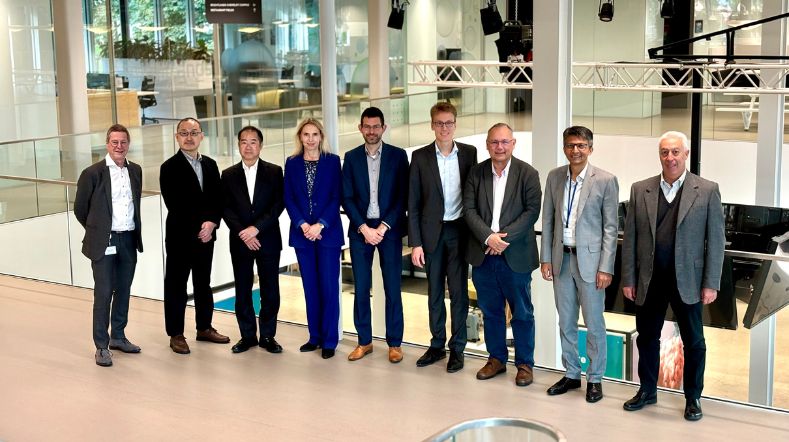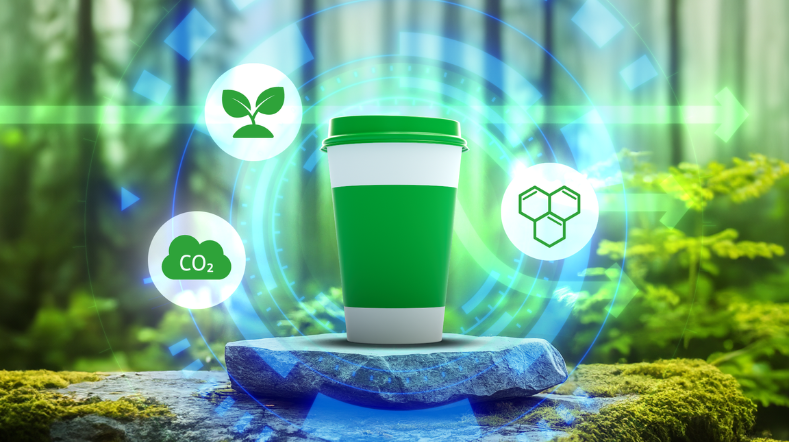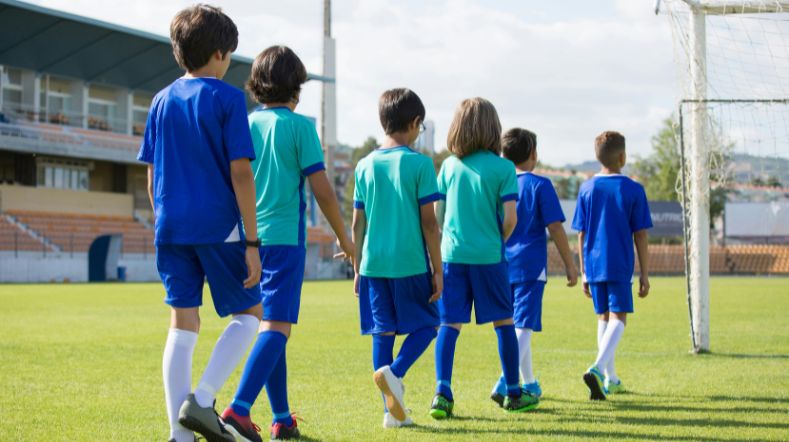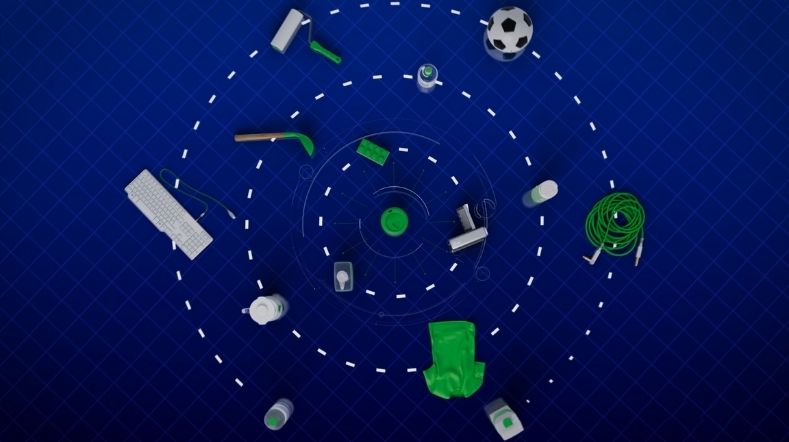Circular strategies: The key to fossil-free packaging by 2050
To cease the production of plastic packaging from fossil sources by 2050, additional policies are essential. This is the conclusion of a joint study by TNO, RIVM, Utrecht University, and Rijkswaterstaat, led by the PBL Netherlands Environmental Assessment Agency. Modelling by TNO indicates that the demand for plastic consumer packaging will increase by 17% if current consumption trends continue. By implementing circular strategies, greenhouse gas emissions could be reduced by 62%, and 67% of the primary material demand could be avoided.
Curious about the results?
Download the report 'Product group analysis of plastic packaging and beverage cartons' directly or view the most important results in the infographic.
Aiming for a fully circular economy by 2050
The production and use of plastic packaging contribute to climate change, pollution, and biodiversity loss. Therefore, the Dutch government aims to produce all plastic packaging from recycled materials and renewable resources by 2050.
Currently, only 7% of plastic packaging is made from recycled material.
Policy options contribute to circular goals
In the newly published analysis, RIVM outlines policy options to improve this for the plastic packaging and beverage carton sectors. For this report, TNO analysed packaging trends and the impact of greenhouse gas emissions for the current and future Dutch plastic packaging system.
This was based on two scenarios: a business-as-usual scenario (reflecting historical consumption patterns in relation to gross domestic product and population trends) and a circular scenario (as optimistic as possible within current capabilities).
For the first time in the Netherlands, a systematic life cycle analysis was conducted that distinguishes between different types of packaging, such as beverage cartons, bottles, and flexible packaging.
Increase in plastic packaging
The results show that, if nothing changes, the demand for plastic packaging could increase by 17%, from 386 kilotons in 2022 to 451 kilotons in 2050. Meanwhile, the demand for beverage cartons is expected to remain stable. Currently, 55% of packaging material is lost, and only a small portion is reused for new packaging. This could lead to a 12% increase in greenhouse gas emissions, reaching 1906 kilotons.
However, in a circular scenario and with the use of renewable energy sources, greenhouse gas emissions could be reduced by 62%, and the need for new materials could decrease by 67%.
Infographic Circular Packaging Strategies by 2050
See the infographic below for an overview of the most important findings from the research into circular packaging strategies by 2050.
Impact of circular strategies
TNO has quantified the impact of 4 different circular strategies: reduction (a combination of refuse and reduce), life extension, material substitution, and high-quality recycling.
The circular strategies of reduction and high-quality recycling promise the most significant reductions, followed by reuse and material substitution. However, the effectiveness of these circular strategies varies across different packaging types.
Bioplastics and CO2 capture as additional options
Even when all circular strategies are combined, the circular scenario would still not achieve the goal of full circularity. Our analysis shows that, by 2050, there would still be a demand for 149 kilotons of primary plastics for consumer packaging, mainly required for flexible packaging and contact-sensitive applications.
To realise a fossil-free packaging system by 2050, additional policies are therefore necessary. The focus should be on the use of alternative raw materials (such as biomass or CO2 from carbon capture) and on further reducing the demand for packaging. Policy options and considerations for this lie (partly) outside the plastic packaging chain.
Applied model
TNO used the Circular Industrial Transformation System (CITS) model , which can be applied to various materials, for this analysis. CITS was developed to support the combined transitions to a circular, carbon-neutral, and environmentally friendly economy. It also aids decision-making on integrated long-term strategies and policies.
Context research and symposium
This product group analysis of plastic packaging is one of three analyses conducted within the Work Programme for Monitoring and Guiding the Circular Economy 2019–2024. In addition to plastic packaging, housing construction and renewable energy technology were also examined. These studies were carried out under the direction of PBL by RIVM, TNO, and CML, in collaboration with Utrecht University, Rijkswaterstaat, and TU Delft.
Additionally, PBL has produced an overarching report on the similarities and differences between the product group analyses.
At the symposium on 9 September, we will explore potential next steps for politics, policy, civil society organisations, and businesses.
We can also assess the impact of circular R-strategies (such as refuse, reduce, reuse, recycle) for you and identify synergies and trade-offs between the objectives of the circular economy, climate change mitigation, and other environmental effects. Furthermore, considering various energy transition pathways, we can analyse the impact of alternative production and recycling technologies
Get inspired
Collaboration for sustainability: better results through joint innovation


Webinar: Biobased plastics in a sustainable future
Biobased plastics


The challenge of choosing between sustainable materials for textiles


23 questions about biobased plastics in a sustainable society



